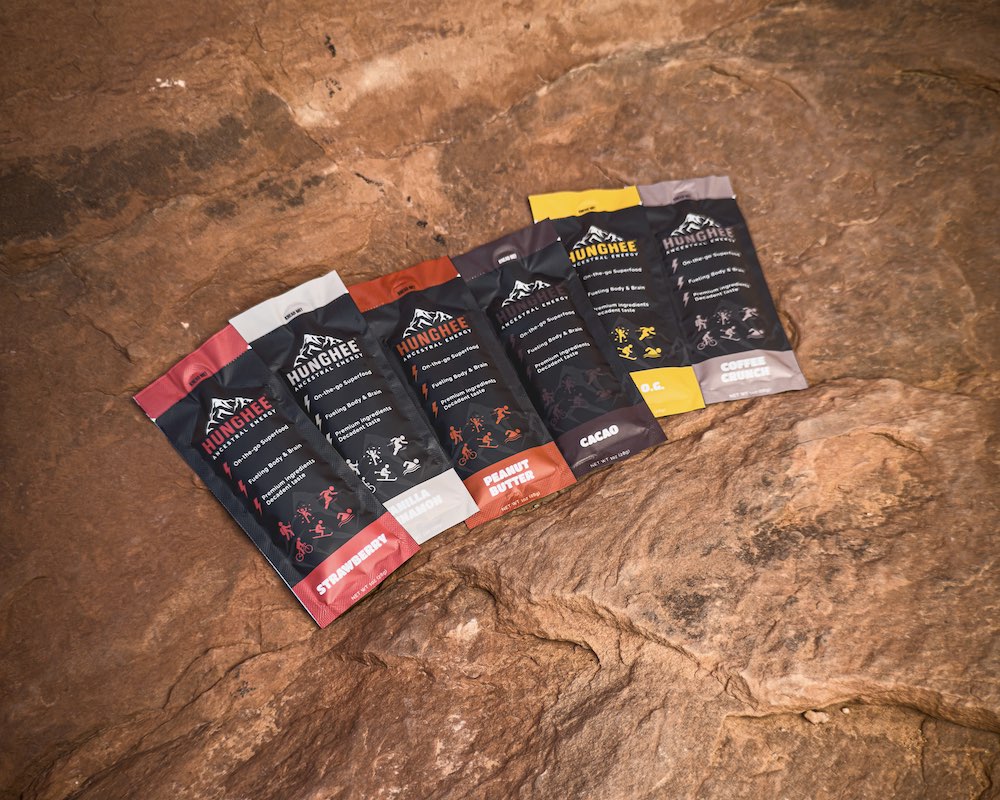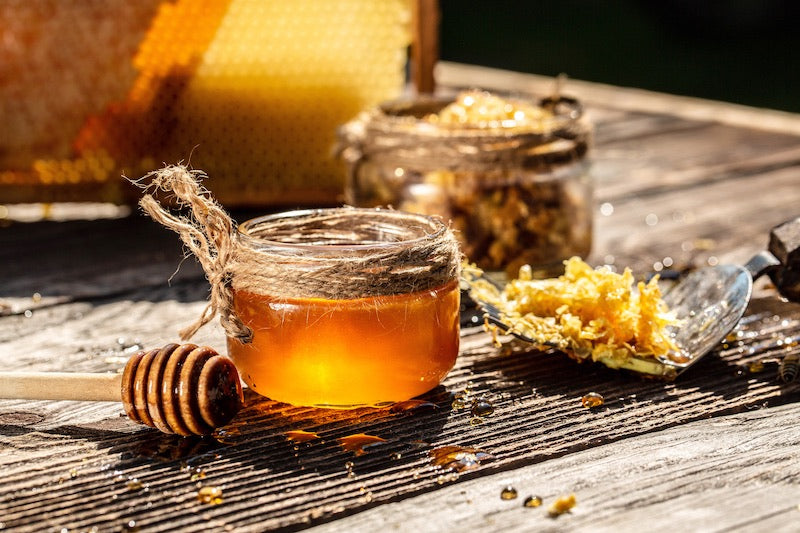Let customers speak for us
As Featured in

Back to our ancestral roots #FATisFUEL
We created Hunghee (honey + ghee) out of our own frustration with our food system. You will never find GMO's, gluten, additives, preservatives, artificial/natural flavors, refined sugars, or seed oils in our products. Made with 5 premium ingredients or less because 100% REAL food = real ENERGY!

What is ghee?
- clarified butter
- naturally lactose, whey, casein-free
- packed with essential fat-soluable vitamins
- great source of Omega-3's
- anti-inflammatory & gut healing
- organic, 100% grass-fed, A2/A2

Why RAW honey?
- never heated above the hive temp (95°)
- naturally rich in B-vitamins & electrolytes
- boosts immunity
- anti-viral, anti-bacterial, & anti-fungal

Not just any salt...
- Redmond Real salt
- mined from an ancient seabed in Utah
- 60+ beneficial trace minerals
- no additives, bleach or pollutants

Sweet, Savory, Salty!
Together, our premium ingredients create a sweet, savory, and salty snack that will curb cravings, sustain energy, and support a healthy gut.



















